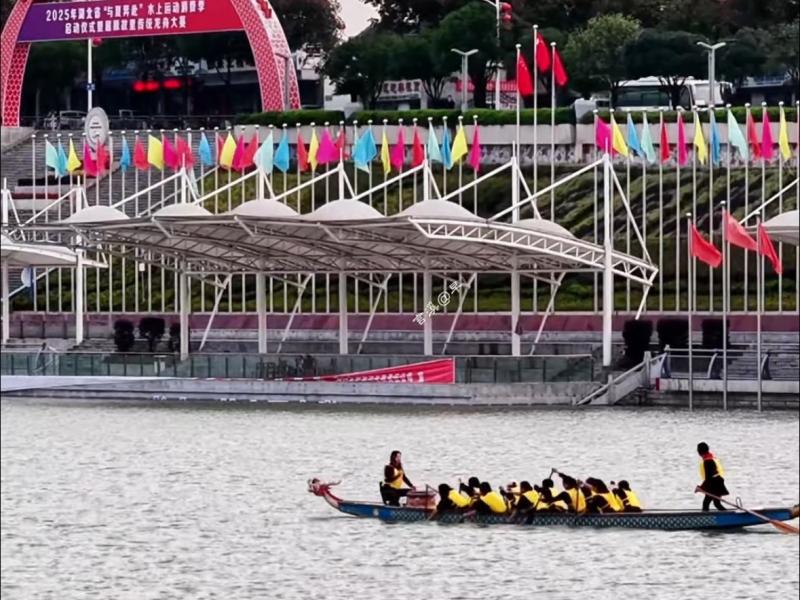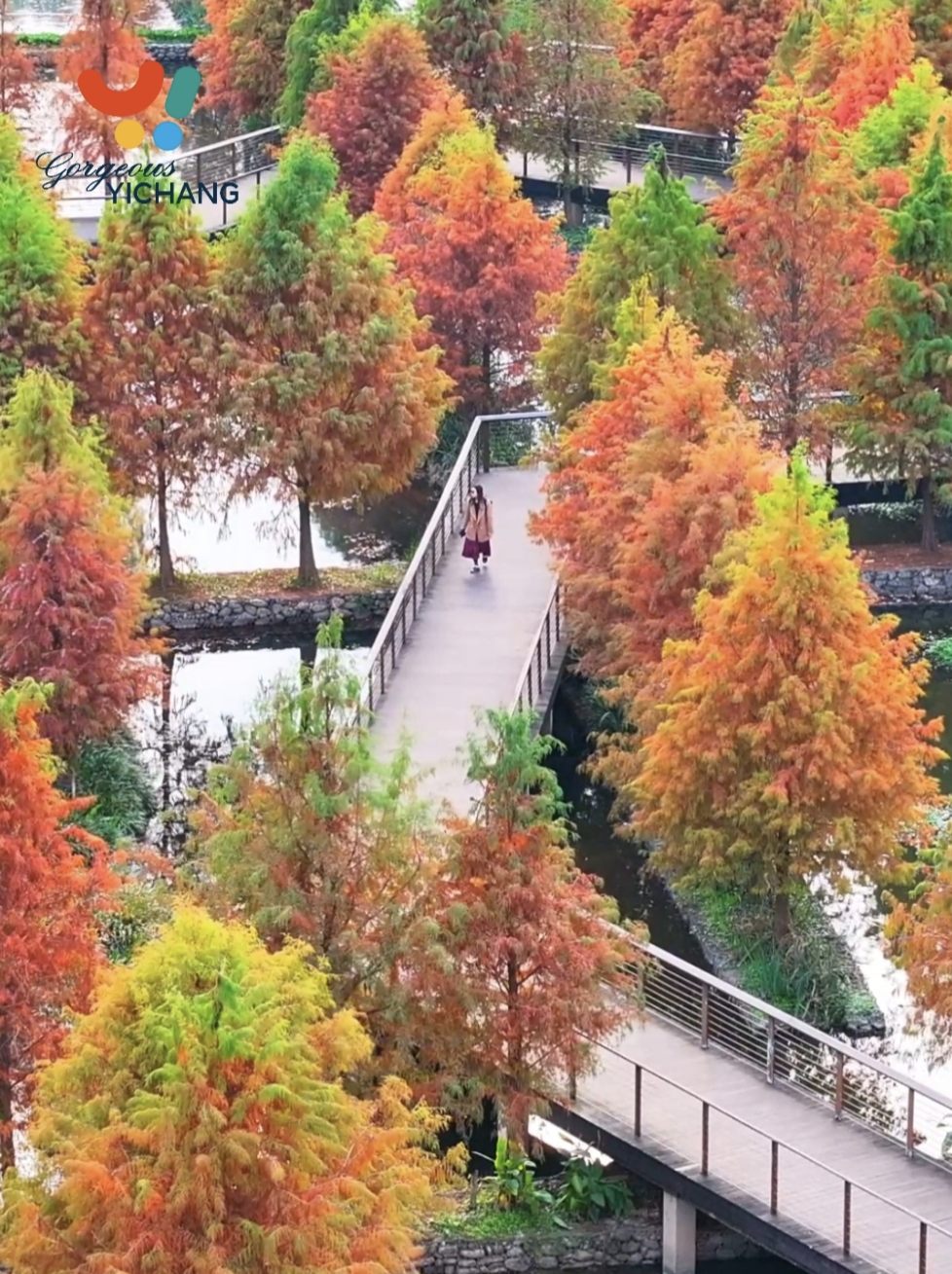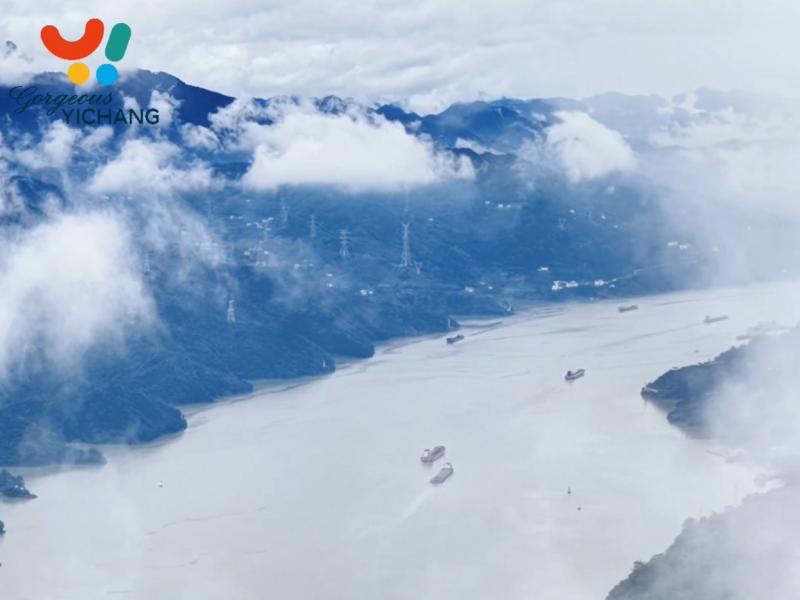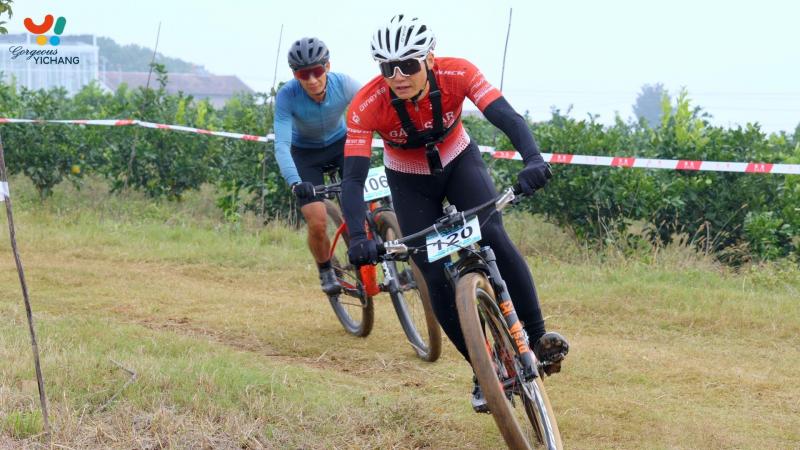Qingjiang's water quality improves after fish farms brought onshore
2024-05-09 16:05:37
By Liu Kun in Yidu, Hubei province and Hou Liqiang in Beijing | chinadaily
It was back in the 1990s when people in Yidu, Hubei province, started to farm sturgeon in cages in Qingjiang River. As of 2016, the industry involved 555 households, and sturgeon cages occupied a total water surface area of almost 8.65 square kilometers.
With farmers increasing the use of fodder to boost their incomes, however, the Qingjiang suffered severe eutrophication, with the quality of the water in some areas falling below Grade V, the lowest rating in the country's five-tier quality system for surface water.
Following President Xi Jinping's instructions in 2016 calling for concerted efforts to protect the Yangtze and stop overdevelopment, the local authority decided to remove all the fish cages in the Qingjiang and another watercourse named Yuyang.
The government raised almost 300 million yuan ($41.52 million) to support the work, and the operation was completed in 2017.
The removal of the cages didn't mark the end of the industry in Yidu, but the beginning of an endeavor to upgrade it to make it green, with sturgeon aquaculture bases built onshore.
The results of the government's decision have been twofold — fish farmers' incomes have been secured, and the Qingjiang River, no longer a pawn of industry, has gotten a lot cleaner.
Now the quality of water in the section of the Qingjiang in Yidu has been kept above Grade II, and some rare and endangered bird species such as the Chinese merganser and black stork have returned.
Moreover, 100 metric tons of sturgeon caviar is now produced in Yidu every year, twice as much as in 2016.
Click the video to learn more.
Peng Chengcheng contributed to this story.
It was back in the 1990s when people in Yidu, Hubei province, started to farm sturgeon in cages in Qingjiang River. As of 2016, the industry involved 555 households, and sturgeon cages occupied a total water surface area of almost 8.65 square kilometers.
With farmers increasing the use of fodder to boost their incomes, however, the Qingjiang suffered severe eutrophication, with the quality of the water in some areas falling below Grade V, the lowest rating in the country's five-tier quality system for surface water.
Following President Xi Jinping's instructions in 2016 calling for concerted efforts to protect the Yangtze and stop overdevelopment, the local authority decided to remove all the fish cages in the Qingjiang and another watercourse named Yuyang.
The government raised almost 300 million yuan ($41.52 million) to support the work, and the operation was completed in 2017.
The removal of the cages didn't mark the end of the industry in Yidu, but the beginning of an endeavor to upgrade it to make it green, with sturgeon aquaculture bases built onshore.
The results of the government's decision have been twofold — fish farmers' incomes have been secured, and the Qingjiang River, no longer a pawn of industry, has gotten a lot cleaner.
Now the quality of water in the section of the Qingjiang in Yidu has been kept above Grade II, and some rare and endangered bird species such as the Chinese merganser and black stork have returned.
Moreover, 100 metric tons of sturgeon caviar is now produced in Yidu every year, twice as much as in 2016.
Click the video to learn more.
Peng Chengcheng contributed to this story.






